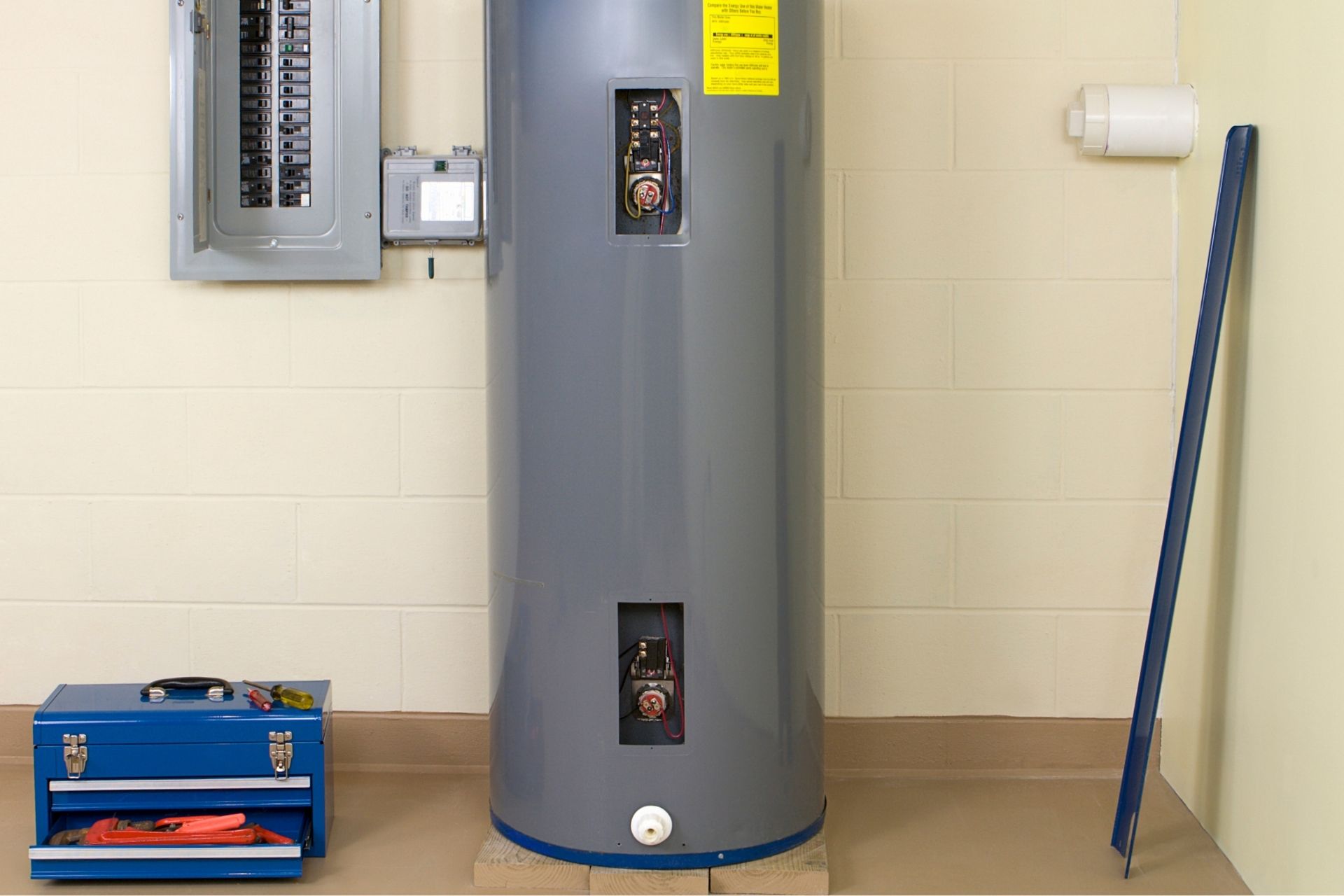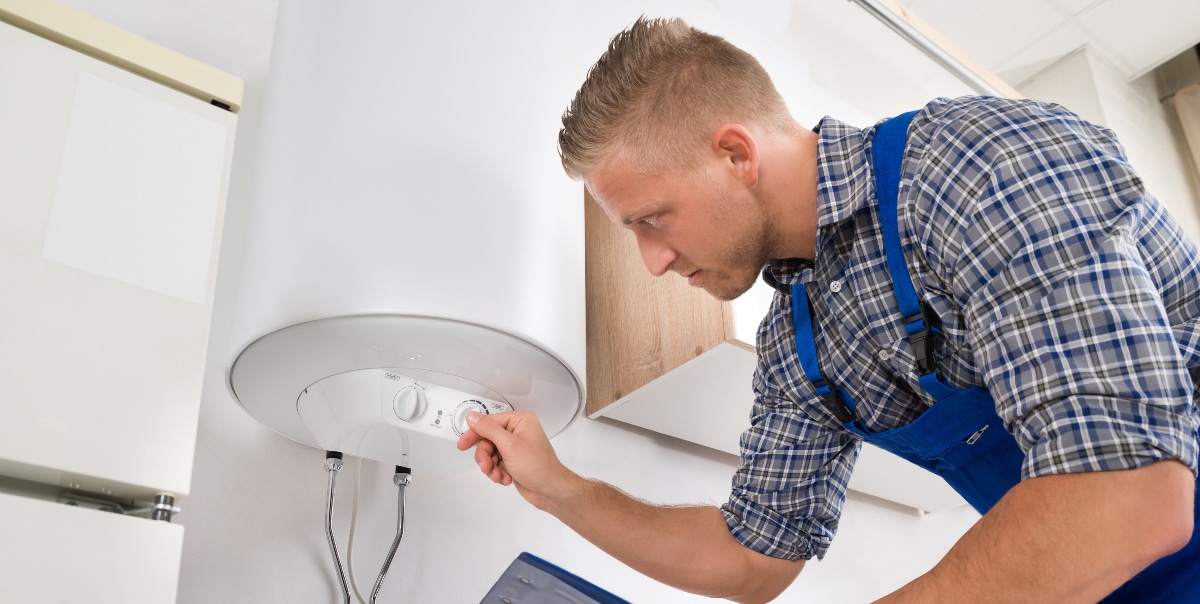Just how do you feel on the subject of Tips For Maintaining Your Hot Water Heater?

Warm water is necessary for everyday convenience, whether it's for a revitalizing shower or cleaning recipes. To ensure your warm water system runs efficiently and lasts longer, normal upkeep is essential. This write-up supplies useful ideas and insights on exactly how to keep your home's warm water system to avoid disruptions and expensive fixings.
Intro
Keeping your home's hot water system could appear challenging, but with a few simple actions, you can ensure it runs efficiently for years to find. This guide covers everything from recognizing your hot water system to do it yourself upkeep tips and recognizing when to employ expert assistance.
Significance of Preserving Your Warm Water System
Routine upkeep not only prolongs the life-span of your warm water system but also guarantees it operates efficiently. Disregarding maintenance can cause reduced effectiveness, greater energy expenses, and also premature failure of the system.
Indications Your Hot Water System Requirements Upkeep
Knowing when your hot water system requires interest can prevent significant issues. Look out for indicators such as inconsistent water temperature level, weird sounds from the heating system, or rustic water.
Purging the Hot Water Heater
Purging your hot water heater eliminates sediment build-up, enhancing effectiveness and prolonging its life.
Checking and Replacing Anode Rods
Anode rods protect against deterioration inside the storage tank. Inspecting and changing them when worn is critical.
Facility Problems Requiring Professional Assistance
Instances consist of major leaks, electrical issues, or if your water heater is regularly underperforming.
Routine Professional Upkeep Benefits
Specialist maintenance can consist of complete assessments, tune-ups, and ensuring conformity with safety standards.
Checking and Changing Temperature Level Settings
Changing the temperature settings makes sure optimum performance and safety.
DIY Tips for Maintenance
You can carry out several maintenance jobs on your own to keep your warm water system in top problem.
Checking for Leaks
On a regular basis check pipelines and connections for leaks, as these can result in water damages and higher bills.
Understanding Your Warm Water System
Before diving right into upkeep jobs, it's useful to recognize the standard parts of your hot water system. Normally, this includes the water heater itself, pipelines, anode rods, and temperature controls.
Month-to-month Maintenance Tasks
Regular monthly checks can aid catch minor concerns prior to they escalate.
Evaluating Stress Relief Valves
Examining the stress safety valve ensures it operates properly and stops too much pressure build-up.
Protecting Pipes
Protecting warm water pipelines minimizes warmth loss and can conserve power.
When to Call a Professional
While do it yourself maintenance is advantageous, some issues call for expert experience.
Conclusion
Regular upkeep of your home's hot water system is essential for efficiency, durability, and price savings. By complying with these tips and recognizing when to seek specialist assistance, you can make sure a reputable supply of warm water without unanticipated disturbances.
How to Maintain an Instant Hot Water Heater
Before tinkering with your hot water heater, make sure that it’s not powered on. You also have to turn off the main circuit breaker and shut off the main gas line to prevent accidents. Also turn off the water valves connected to your unit to prevent water from flowing into and out of the appliance. 2. When you’re done, you have to detach the purge valves’ caps. These look like the letter “T†and are situated on either side of the water valves. Doing so will release any pressure that has accumulated inside the valves while at the same time avoid hot water from shooting out and burning your skin. 3. When the purge valves’ caps are removed, you have to connect your hosing lines to the valves. Your unit should have come with three hoses but if it didn’t, you can purchase these things from any hardware or home repair shops. You can also get them from retail stores that sell water heating systems. Read the user’s manual and follow it to complete this task properly. When the hosing lines are connected, open the purge port’s valves. 4. You should never use harsh chemical cleaners or solutions when cleaning your unit. Make use of white vinegar instead. It should be undiluted and you’ll probably use about 2 gallons. 5. Now flush your water heater. This task should probably take about 40 minutes. We can’t give you specific directions for this because the procedure is carried out depending on the type, model and brand of your heater. With that being said, refer to the user’s manual. 6. When you’re done draining the unit, you have to turn off the purge port valves again. Remove the hosing lines that you earlier installed on each of the water valves. Put the valve caps (purge port) back in their respective places and be very careful so as not to damage the rubber discs that are found inside these caps. 7. Now that everything’s back in place, check your user’s manual again to find out how to reactivate your water heating system. 8. Once it is working, turn one of your hot water faucets on just to let air pass through the heater’s water supply pipes. Leave the tap on until water flows smoothly out of it. https://www.orrplumbing.com/blog/2014/september/how-to-maintain-an-instant-hot-water-heater/

Hopefully you liked our part about Tips on Maintaining a Water Heater. Thanks a lot for taking a few minutes to read our blog. Please take the opportunity to share this blog if you enjoyed it. Thank you for taking the time to read it.
Show Details